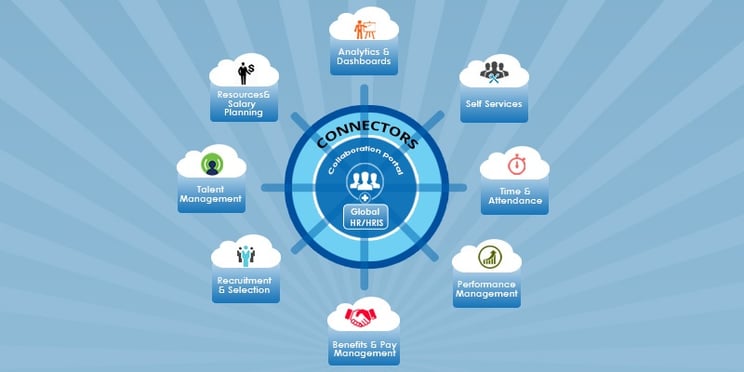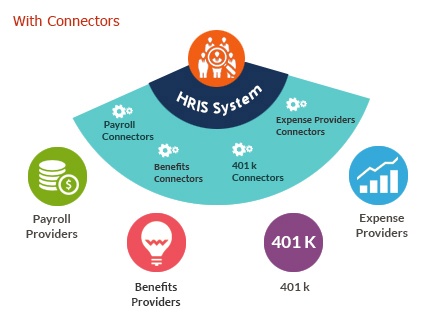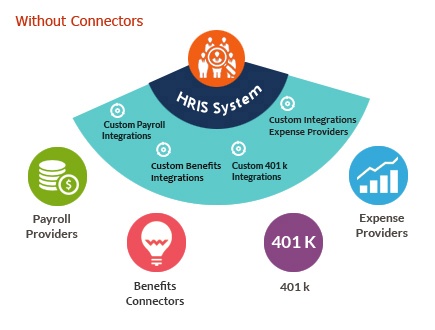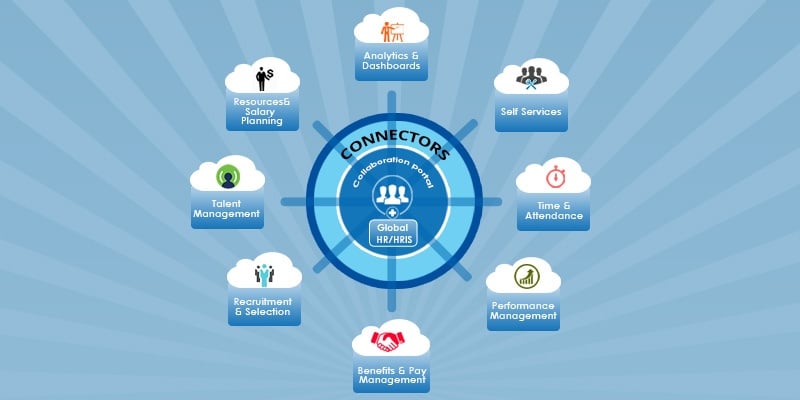
Enterprise systems integration is constantly evolving, as every new technology is introduced it appears to make all previous ones obsolete. Despite this continuous evolution, there is a set of underlying areas that have been gaining prominence in this evolution. Examples are web services, message queues and application adapters based on XML, the principles associated with the service-oriented architecture (SOA) , service composition and advanced mechanisms such as correlations and transformations. We have reached a significant level of maturity where they represent the foundation over which most of the integration frameworks have been built.
Today's enterprise infrastructure, system and application integration is more frequently a mission critical task. Availability of wide variety of approaches rightly proves the fact. Rapid advancements in Enterprise Application integration (EAI) to meet the increasing demand for integration in enterprise application often results in overburdening the enterprises. In majority of the cases application integration projects lead to high costs, lengthy implementation timeline and high risk for failures adding more burden on the enterprise.
Connectors in the integrations space are usually categorized as either the system that they connect to or the protocol that they support. They are becoming more popular and enterprise system vendors are also forced to release pre-defined connectors that can offer pre-built mapping and functionality for common integration scenarios . These connectors provides secure connectivity and information integration with many of the most common data repositories available within the enterprise. It handles the persistent security mapping, data connectivity, context mapping, and enrichment that businesses need to leverage their information to make crucial and efficient business decisions. Some examples of connectors are salesforce connectors for integrating different areas of enterprise with salesforce, Payroll connectors for processing employee payroll, employee benefits connectors for managing employee benefits and finance connectors to integrate with finance systems.

Let’s consider the case of Human capital management systems , there are different systems to effectively support employees and manage daily tasks for Human resource teams. There is a great need for integrating with different systems utilized by HR. There has been lot of movement in this market with acquisitions , consolidations and partnerships . In spite of all these, the need for integrating between different systems in this market is still an open challenge. The need of a single version of data across the enterprise, enables communication between your HRIS system, learning, performance, benefits, compensation, payroll, finance and analytics; so double data entry and change management can be avoided efficiently.
Some of the common connectors for HCM systems that can be considered are:
- Applicant tracking systems.
- Employee background check providers.
- Government agencies for SSN & E-Verify.
- LDAP and active directory servers.
- Learning management providers.
- Performance management provider.
- Employee benefits provider.
- Employee assistance provider.
- Contingent staffing provider.
- Payroll provider.
- Financial management system.
- Sales force.
- Payroll Tax filing.
- Employee expense provider.
- Vendor management system.
- Time and attendance system.
- Business travel provider.
- Enterprise communication platforms.
- Talent analytics
- ERP and CRM systems.
Advantages of Connectors:
- Single source of data rather multiple entry points for the data.
- Reduction of integration efforts and cost.
- Tightly integrated solution for more complete visibility of both the systems.
- Pre-configured integrations extend your system functionality and data with other vendors.
- Reduce risk with predefined integrations.
- Refocus the in-house IT team on other business priorities.
Disadvantages of Connectors:
- One-size-fits-all approach satisfies the most common and simple of all integration needs.
- 1 to 1 connectors will couple systems with each other so you’ll be severely limiting your options to switch between platforms if you need to at some point.
- Every new system will not have a connector out of the box to integrate easily with all the others in the enterprise landscape.
- Hardly able to implement process services that span across other systems if needed.
It’s all really a tradeoff between flexibility and the investment that you’re willing to make. Your decision will heavily depend on the current state of your business and your growth expectations going forward, rather than purely making a call based on technical side of things.





Leave a Comment